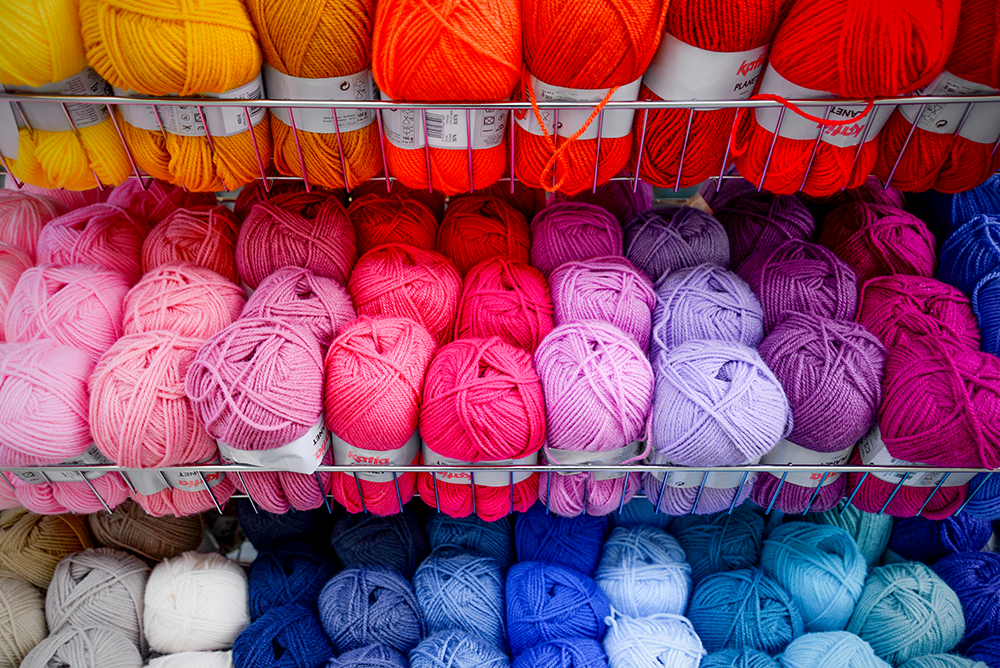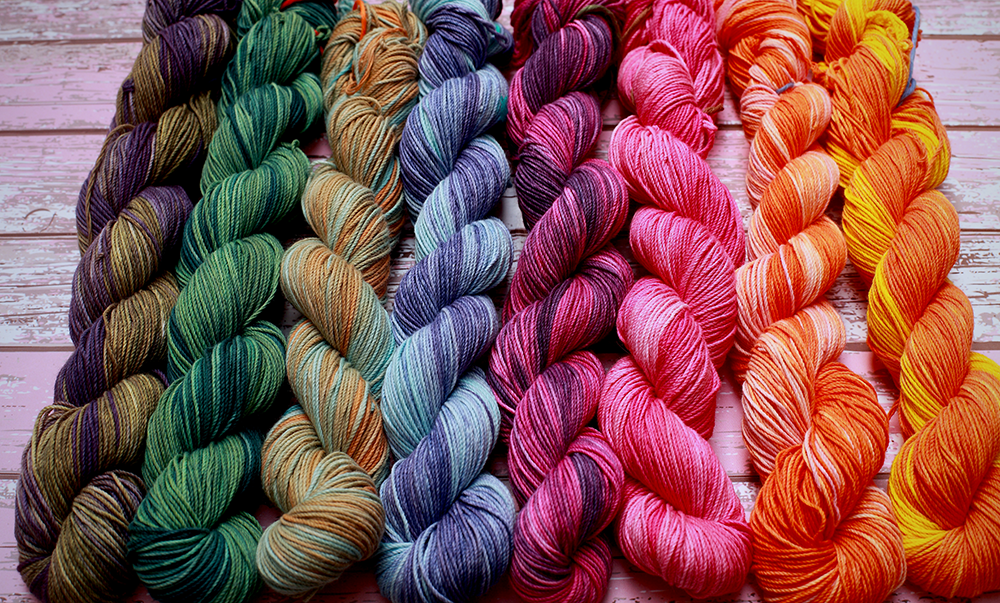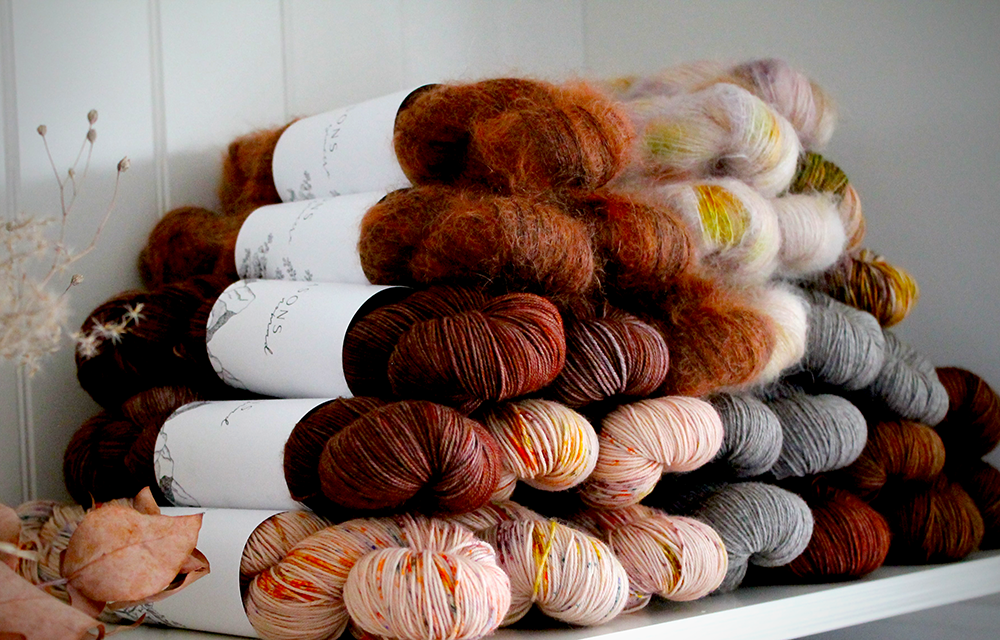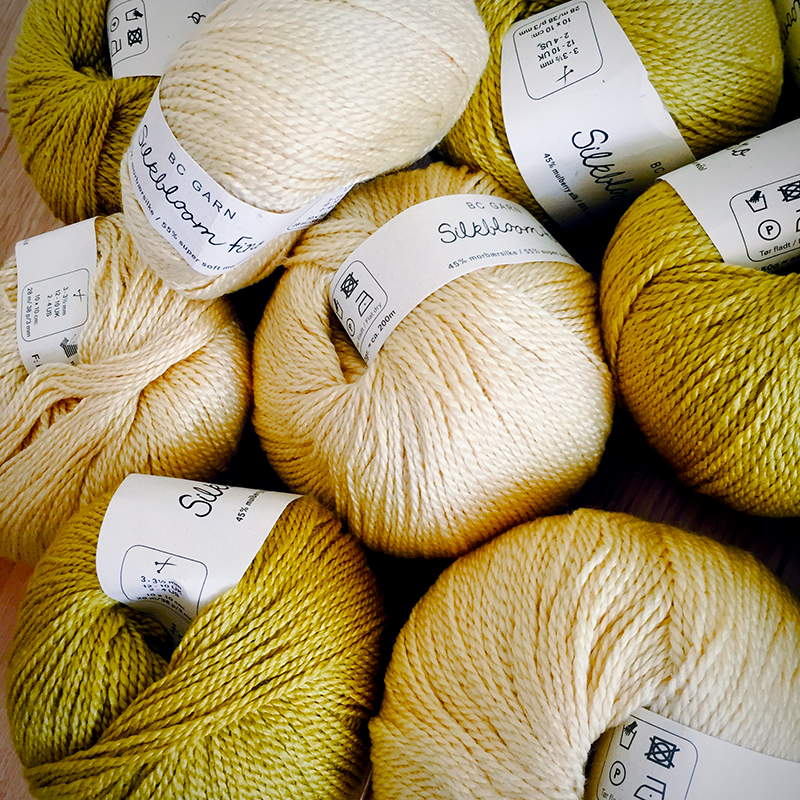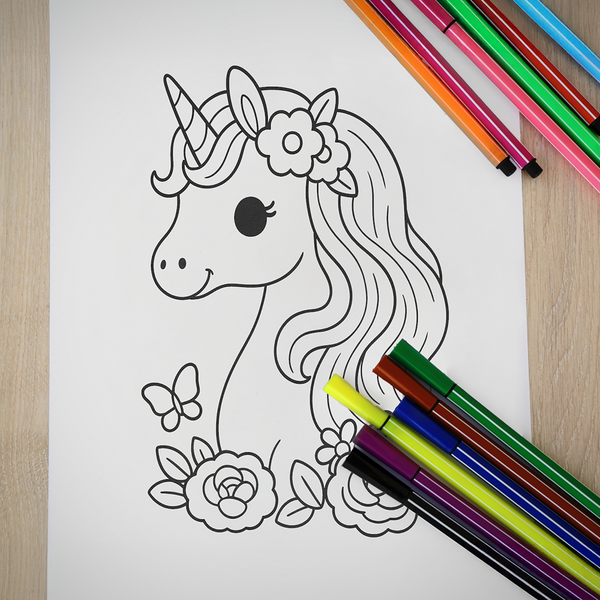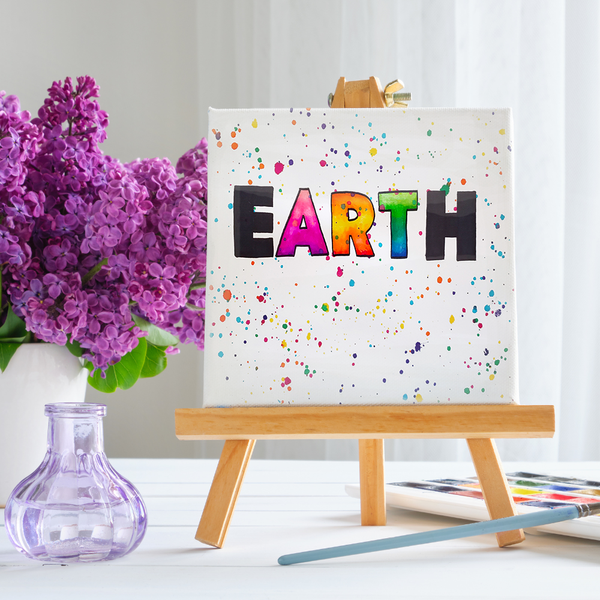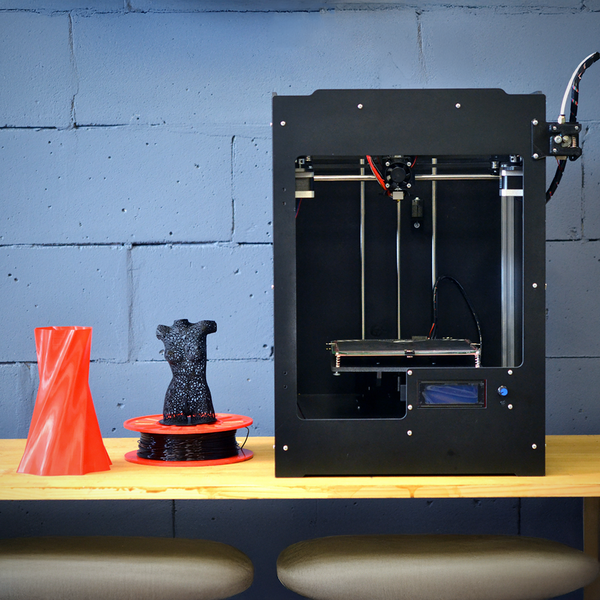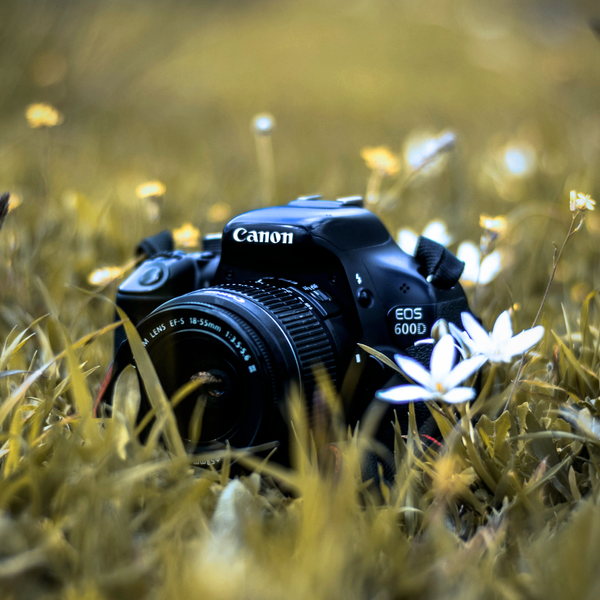As an artist, you know that the materials you use can make or break your project.
Your supplies just as important as your technique and vision.
When it comes to yarn art, the type of yarn you choose will affect the look, feel, and overall quality of your work.
With so many options on the market, how can you be sure to pick the perfect yarn for your project?
In this blog post, we'll explore some of the factors you should consider when picking yarn for your next project.
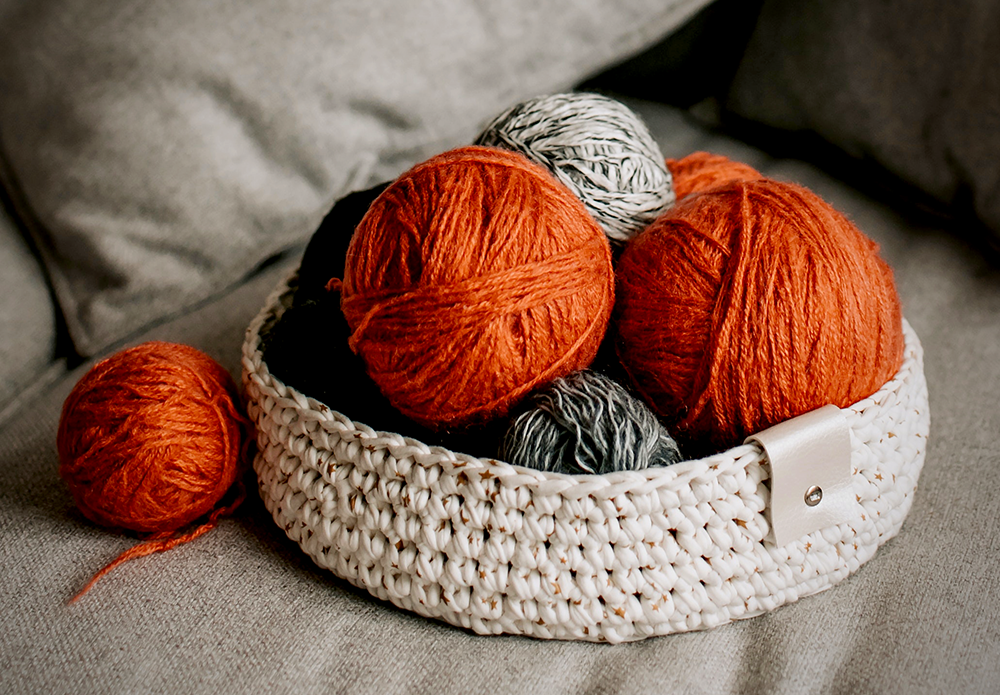
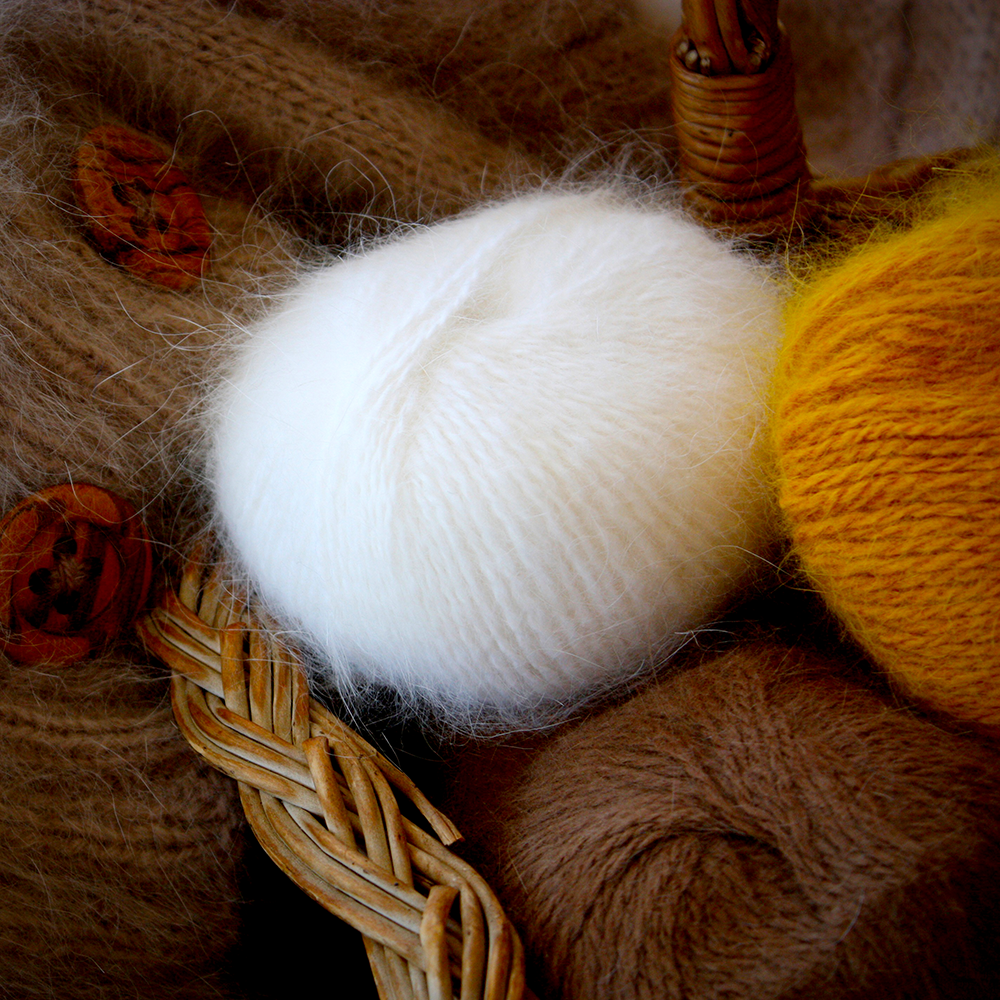
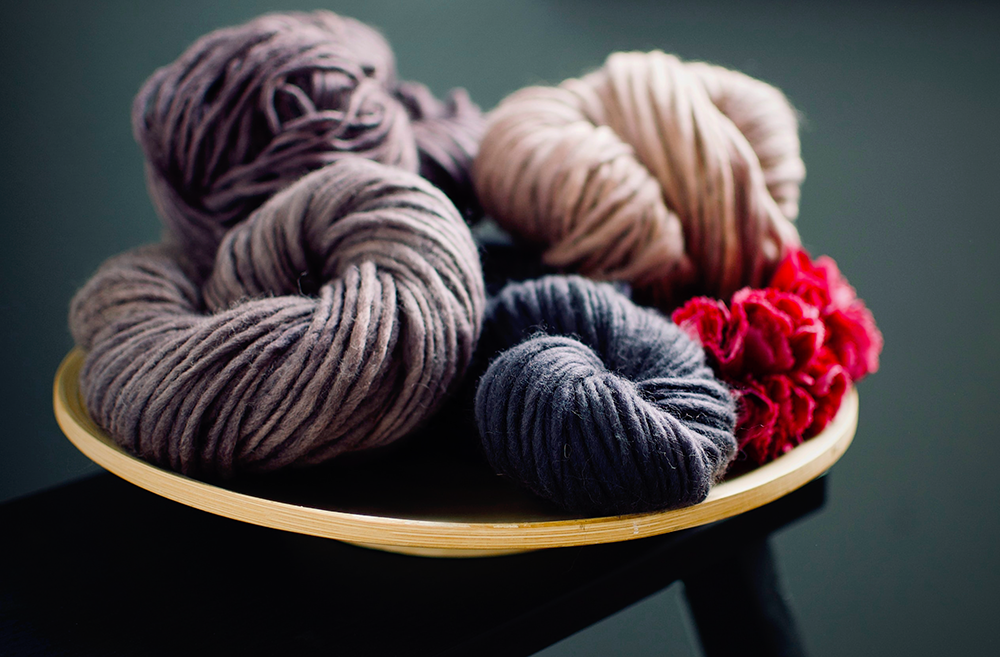
Consider Your Project's Purpose
First, think about the purpose of your project.
Are you knitting yarn into a scarf or sweater? A blanket? An afghan? A new beanie to keep warm in the winter?
Are you creating something purely decorative, or are you looking for an item that will be used, like a dishcloth or pot holder?
Are you looking for a sturdy yarn that will hold up to wear and tear, or are you looking for a delicate, soft yarn that will show off your intricate stitches or to create baby clothes?
Answering this question will help you determine the types of yarn best suited for your project.
For items that will be used, you'll want to look for a durable yarn that can withstand regular wear and tear.
For decorative items, consider selecting a yarn with a unique texture or color.

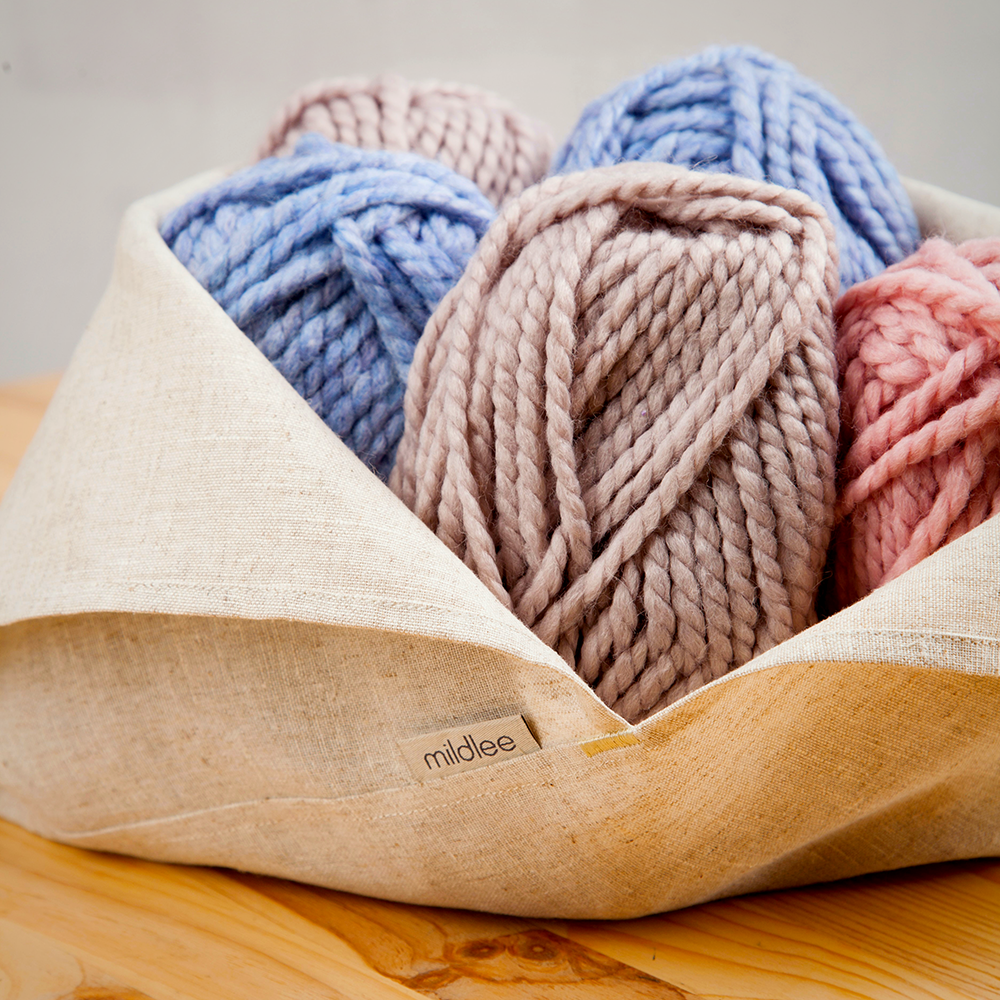
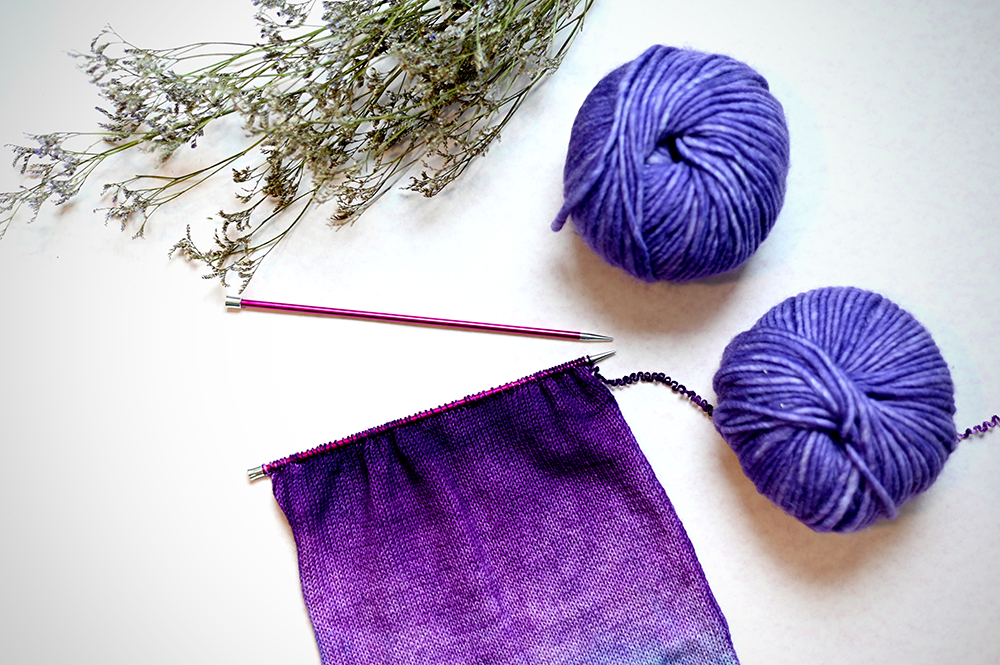
Think About Yarn Weight
The next factor to consider is the weight of the yarn.
Skeins comes in a variety of yarn weights, ranging from thin to bulky.
The weight of your yarn will affect the stitch definition, or the size of your stitches, and the amount of time it takes you to complete the project.
Yarn is typically categorized by its thickness, which is measured in wraps per inch (WPI).
The thicker the yarn, the fewer WPI; the thinner the yarn, the more WPI.
Yarn weight refers to the thickness of the yarn and is categorized into weights from 0-6, with 0 being the thinnest and 6 being the thickest.
Plied yarn, which is two or more strands of yarn twisted into one, is often thicker and more durable than single-ply yarn.
The weight you choose will depend on the project you're working on.
Worsted yarn is the most common type of yarn, and worsted spun yarn is a great choice for sweaters, blankets, and other items that require durability.
Sock yarn is thinner and typically used for smaller projects such as socks and shawls.
Silk yarn is lightweight and luxurious, making it a great choice for delicate, decorative items.
If you're looking for a quick project, consider using a bulky yarn that allows for larger stitches.
If you're looking for a more intricate project, consider using a thinner yarn that creates smaller stitches.
For example, if you're making a scarf, you'll probably want to use a thinner yarn so it's not too bulky.
On the other hand, if you're making a blanket, you'll want to use a thicker yarn so it's warm and cozy.
Also considered your stitch pattern; different patterns work best with different yarn weights.
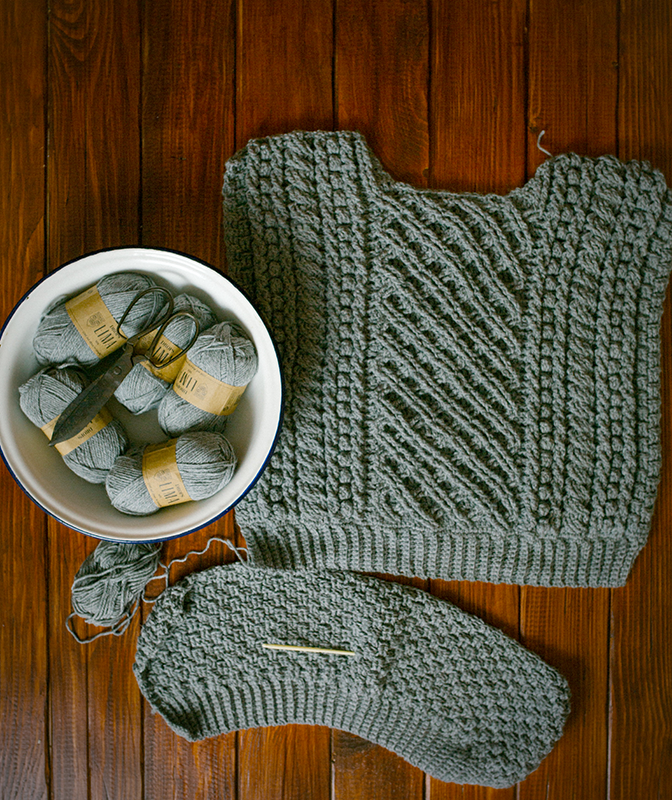
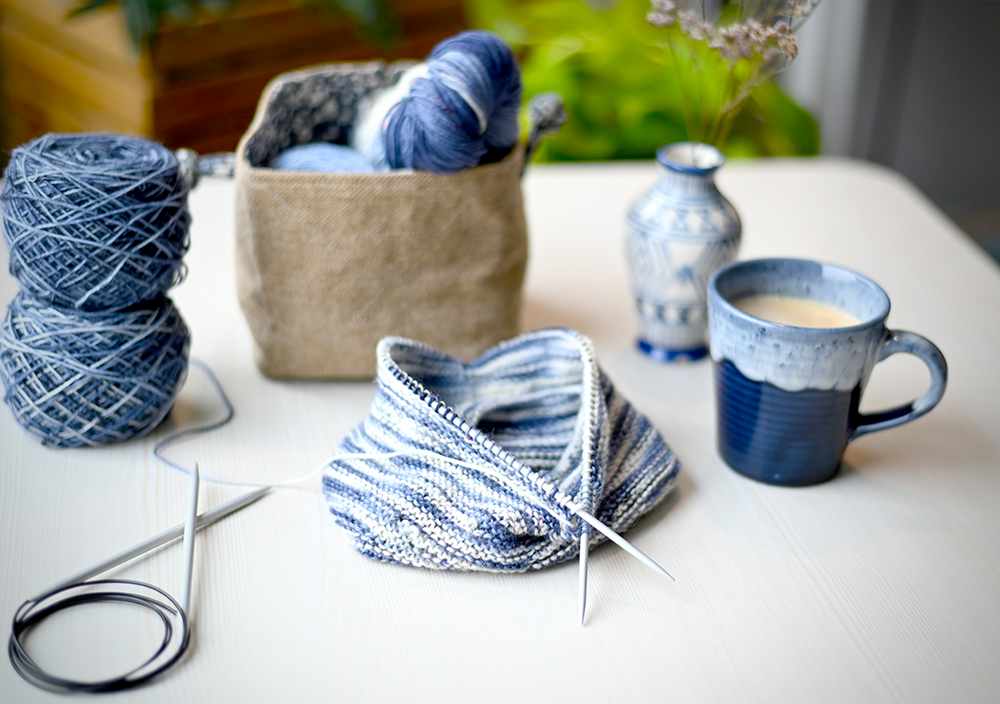
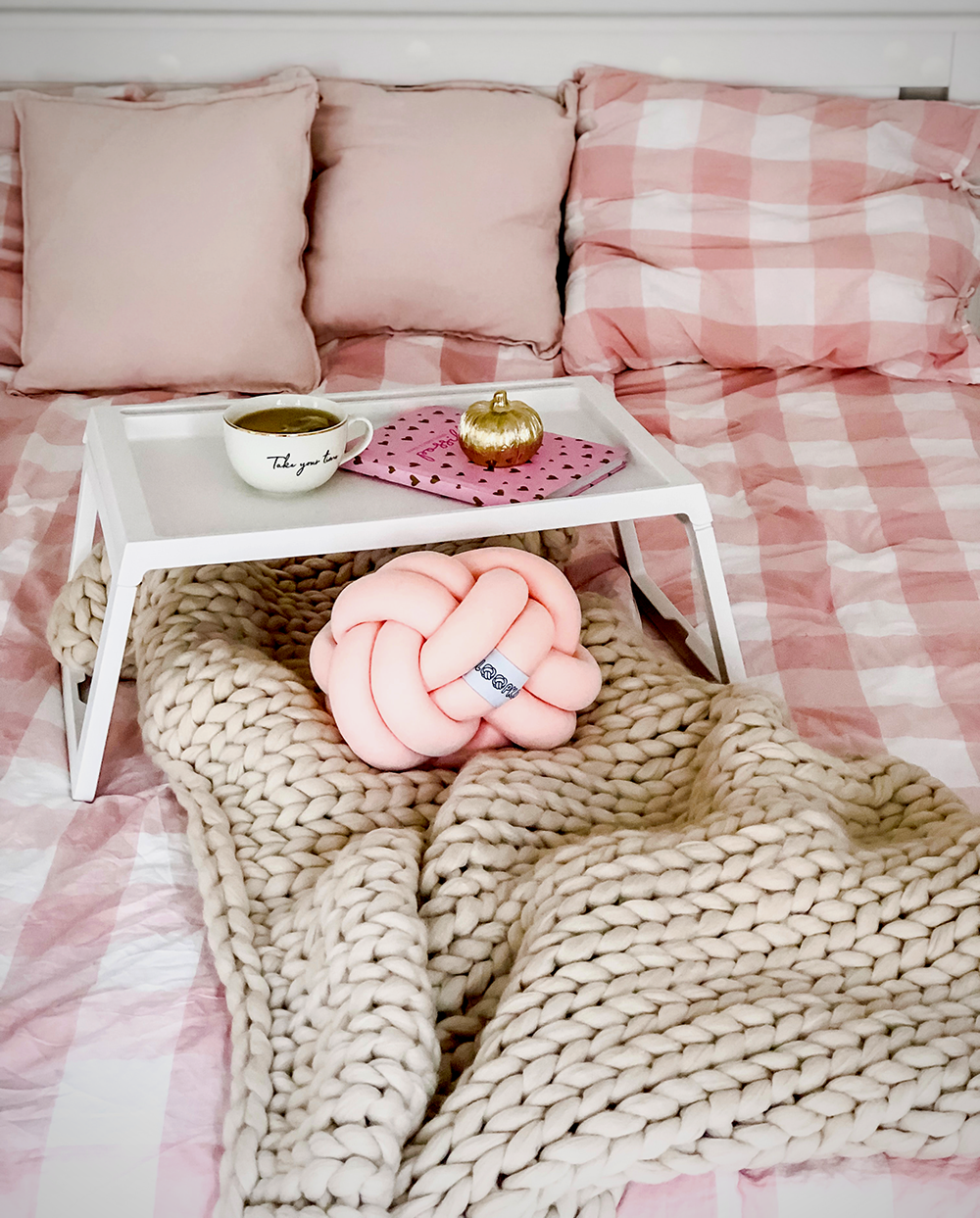
Decide on the Yarn Fiber
Another important factor to consider is the fiber content of the yarn; there are synthetic fibers and natural fibers to choose from.
Synthetic fiber yarns are typically acrylic, polyester, and nylon.
These fibers are easy to care for and come in a variety of textures and colors.
Natural fiber yarns are made from natural plant fiber or animal hair.
These yarns breathe better than synthetic yarns and can be softer to the touch; examples include cotton, merino wool, and alpaca.
The most common types of fibers used in yarn are wool, cotton, acrylic, and nylon, but there are other types that include bamboo, cashmere, hemp, and alpaca yarn.
Each fiber has its own unique properties, so be sure to pick one that is appropriate for your project; fibers have their own benefits and drawbacks.
For example, wool yarn is a great choice for projects that need to be warm because it's insulating.
However, wool can be difficult to work with because it's slippery.
Bamboo yarn is lightweight and breathable, making it a great choice for summer projects.
Cotton yarn is a good choice for projects that need to be sturdy because it doesn't stretch very much.
However, cotton can be less comfortable to wear because it doesn't have much give.
Acrylic is a good choice for projects that need to be colorfast because it doesn't fade easily.
However, acrylic can be less breathable than other fibers so it might not be the best choice for clothing items like sweaters or hats.
Nylon is a good choice for projects that need to be elastic because it has a lot of give.
However, nylon can be more difficult to work with because it's slippery.
No matter which fiber you choose, be sure to check the care instructions on the label before starting your project.
This will ensure that you can care for your project properly and that it will last for many years to come.
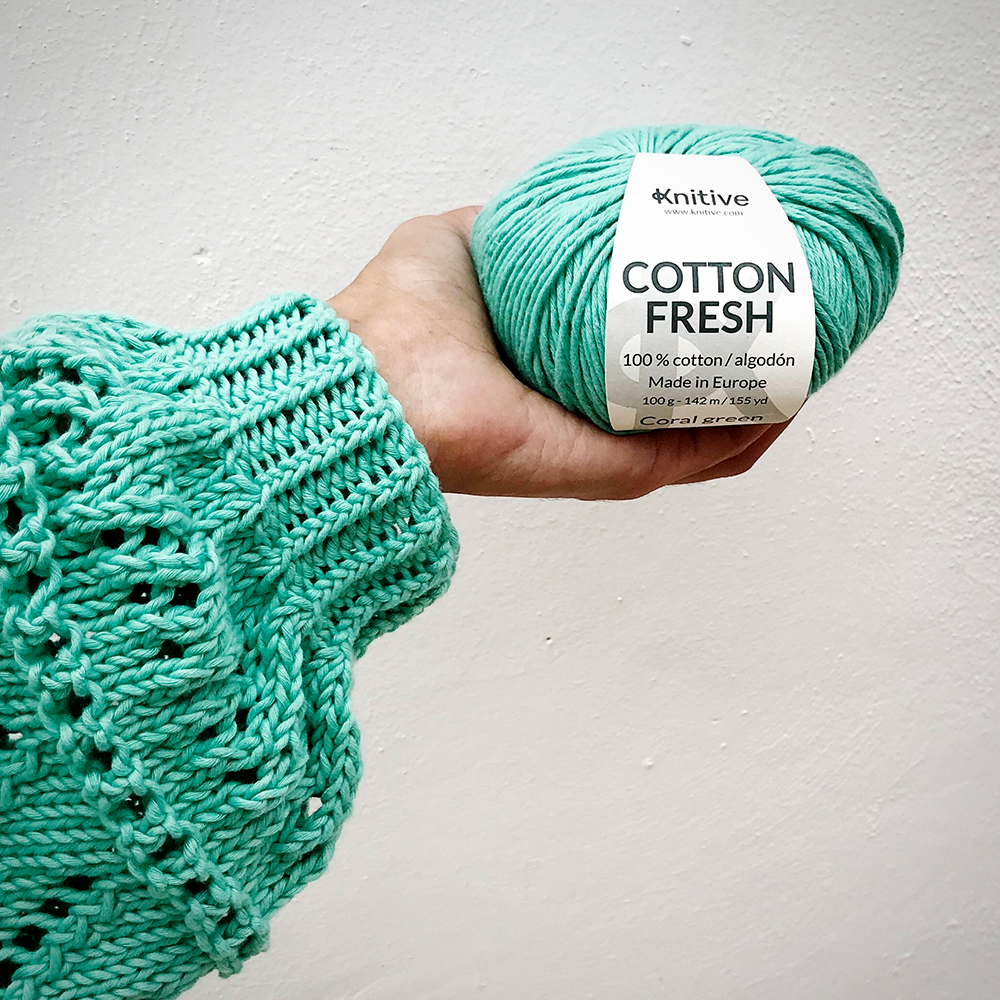
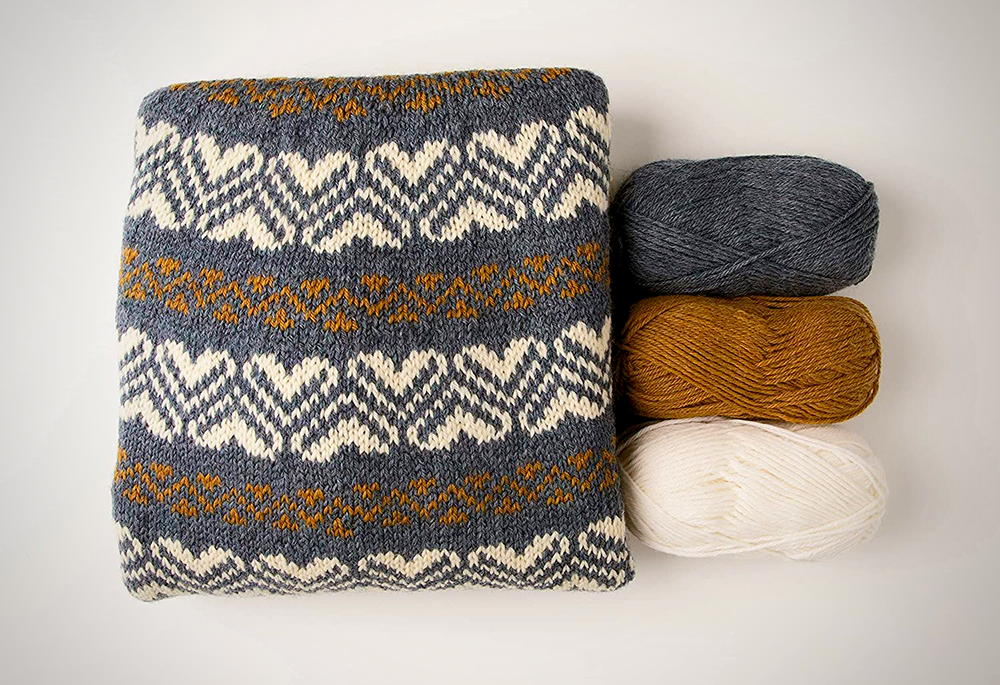
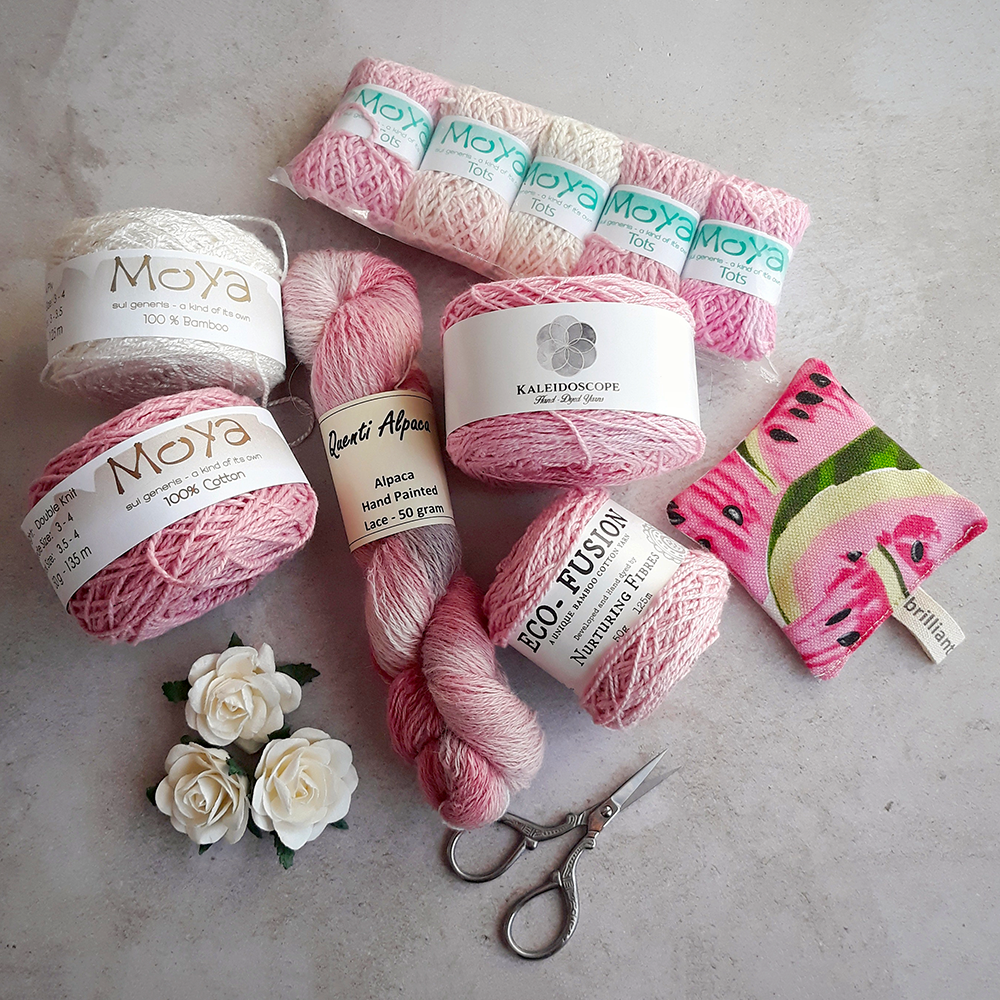
Pay Attention to Color
Of course, one of the most important factors to consider when picking yarn is the color!
The color you choose will depend on your personal preference and the overall aesthetic you're going for with your project.
Will the color be complementary to the other colors in your project?
Will it be easy to find if you need more later on?
If you're not sure what color to choose, try looking at some inspiration photos online or in magazines.
You can also hold different colors of yarn up to your project item to see which one looks best.
Finally, when you've chosen the perfect color, make sure to get enough yarn for your project so you don't run out in the middle!
That way, you can be sure that all of your stitches will match up and your project will look consistent.
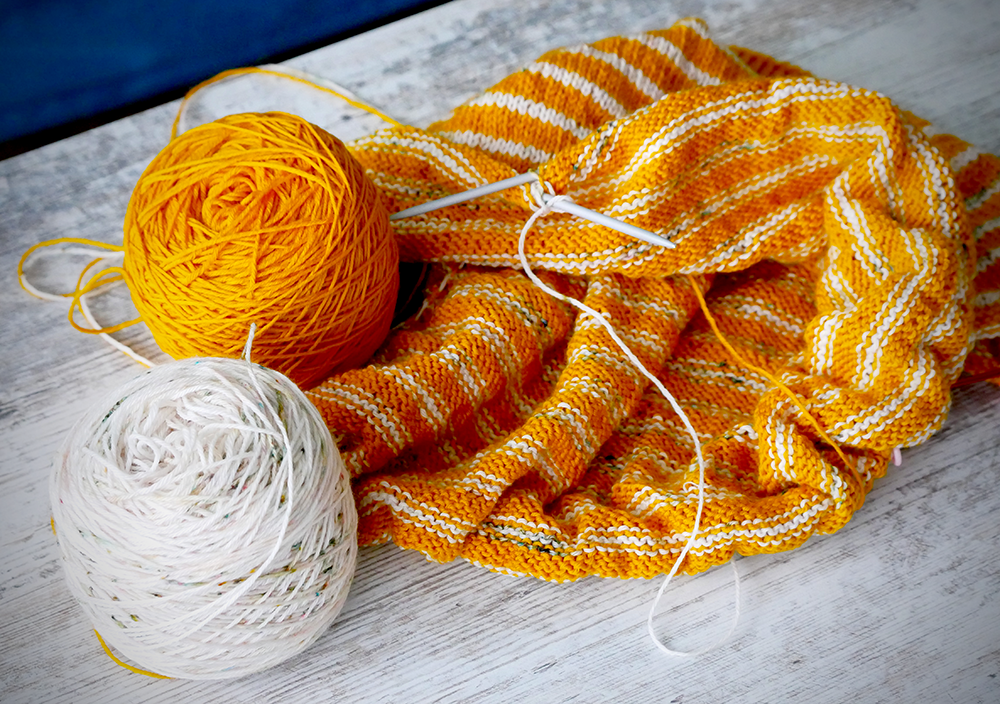
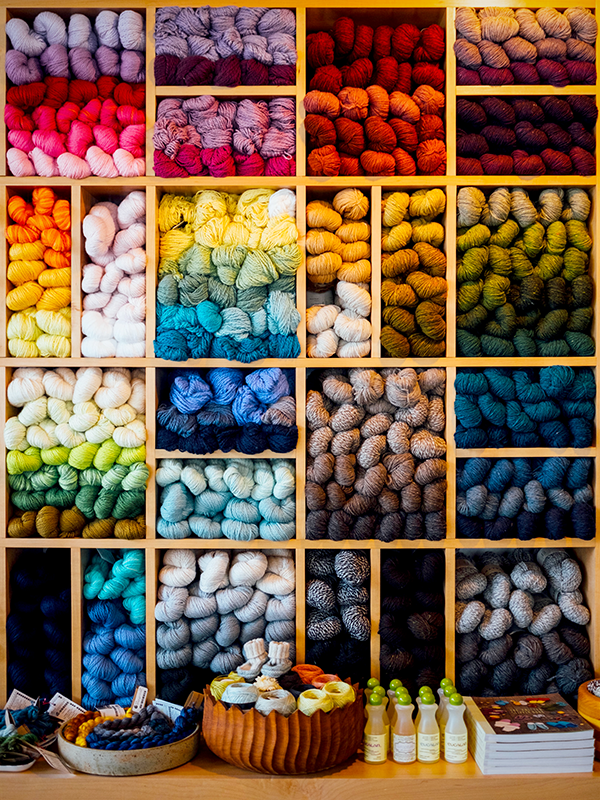
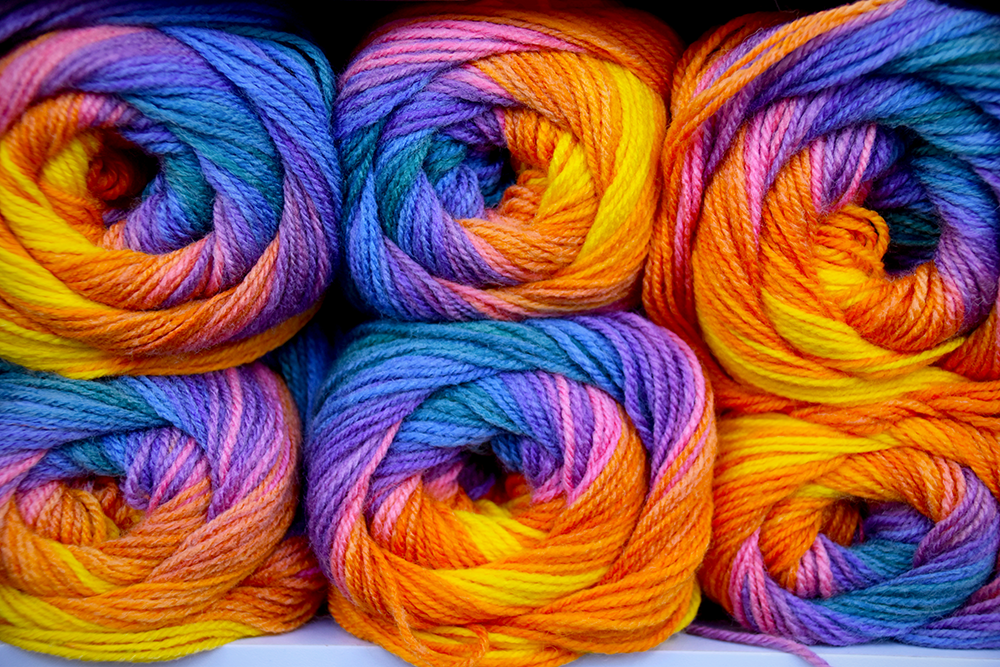
Finalize Your Yarn Choice
There are a lot of factors to consider when picking the right yarn for your next project.
By taking the time to think about things like weight, fiber content, and color, you can ensure that you pick the perfect yarn for your needs.
With so many different types of yarn available on the market today, there's sure to be one that's perfect for your next project!
Once you've considered all of these factors, you'll be able to narrow down your options and find the perfect match for your next project!
With a bit of research and some experimentation, you can find the perfect yarn for any project.
Happy crocheting and knitting!
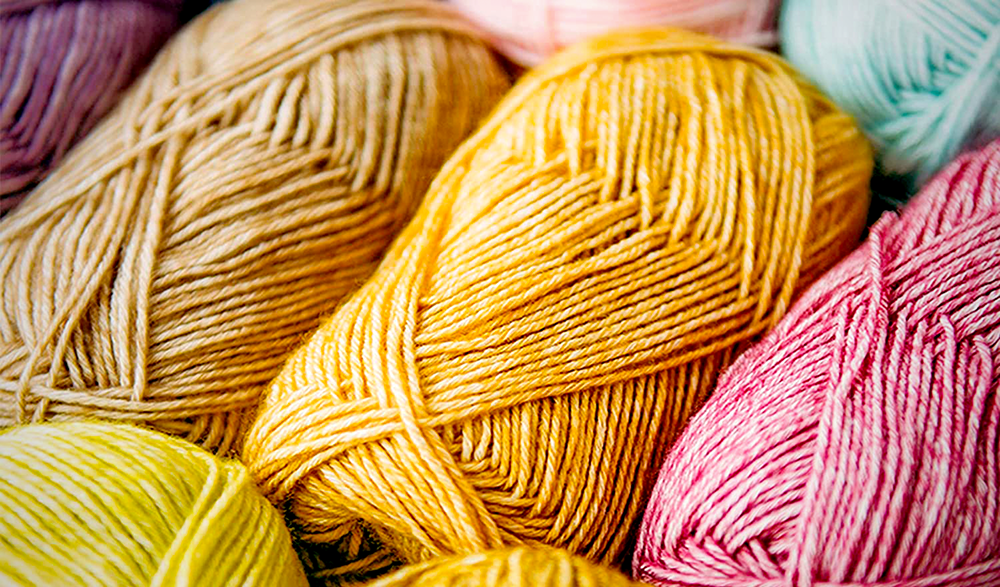

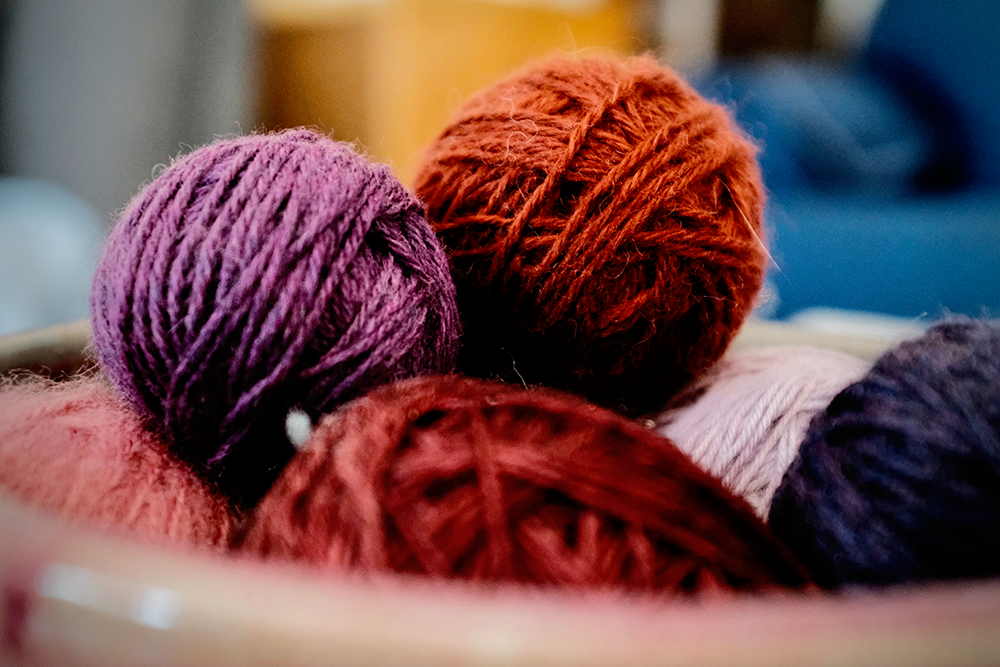
Interested in learning more about choosing the right yarn? Check out NimbleNeedles' video!
Want even more content about creativity and art?
Be sure to check out all of our creative chronicles!
Looking for more yarn?
Check out some of our other articles:
